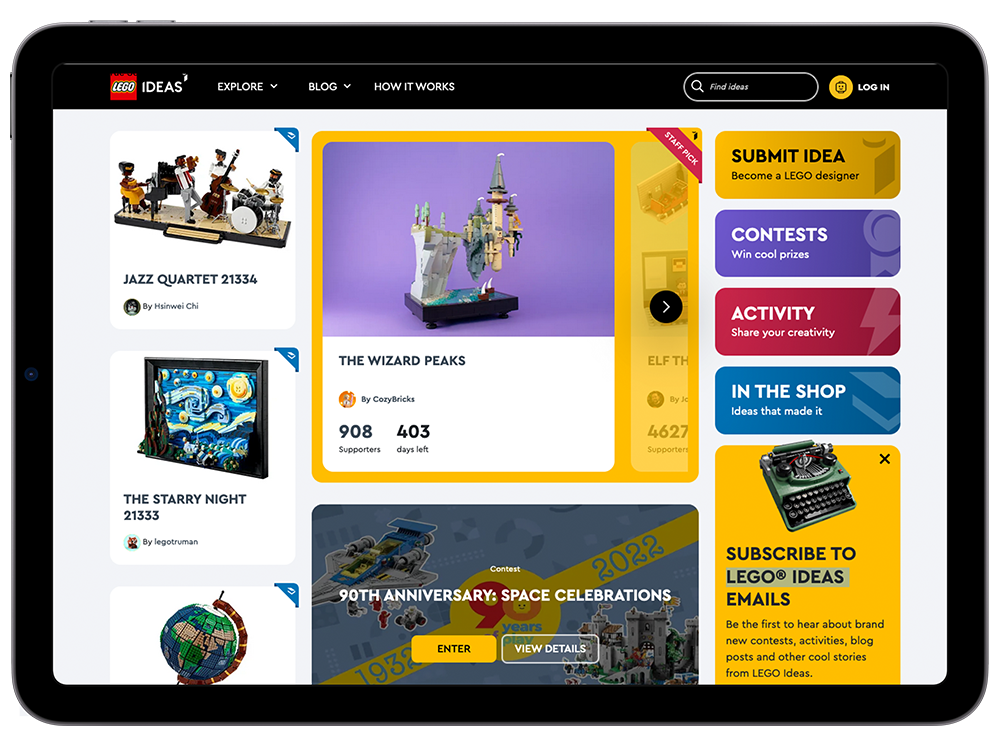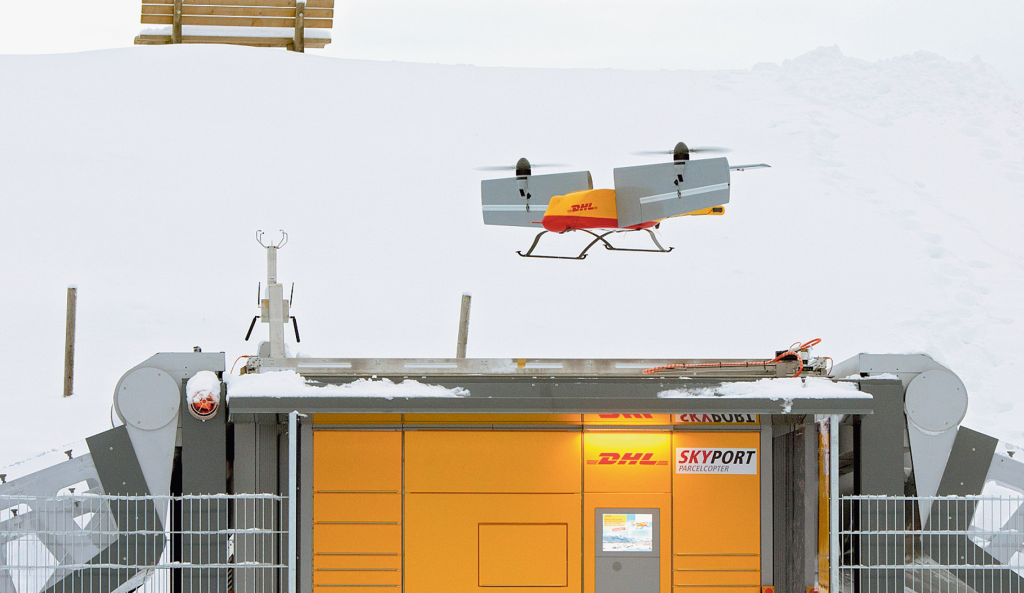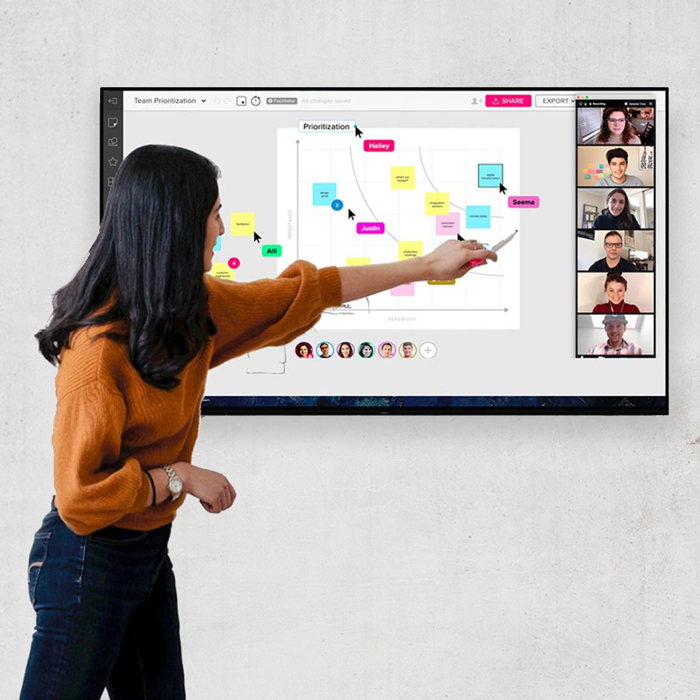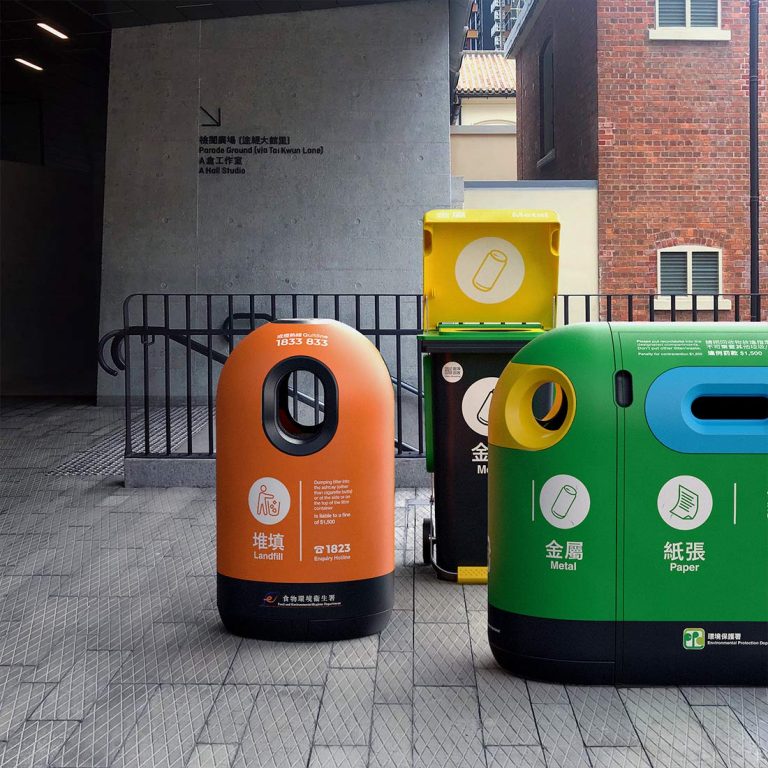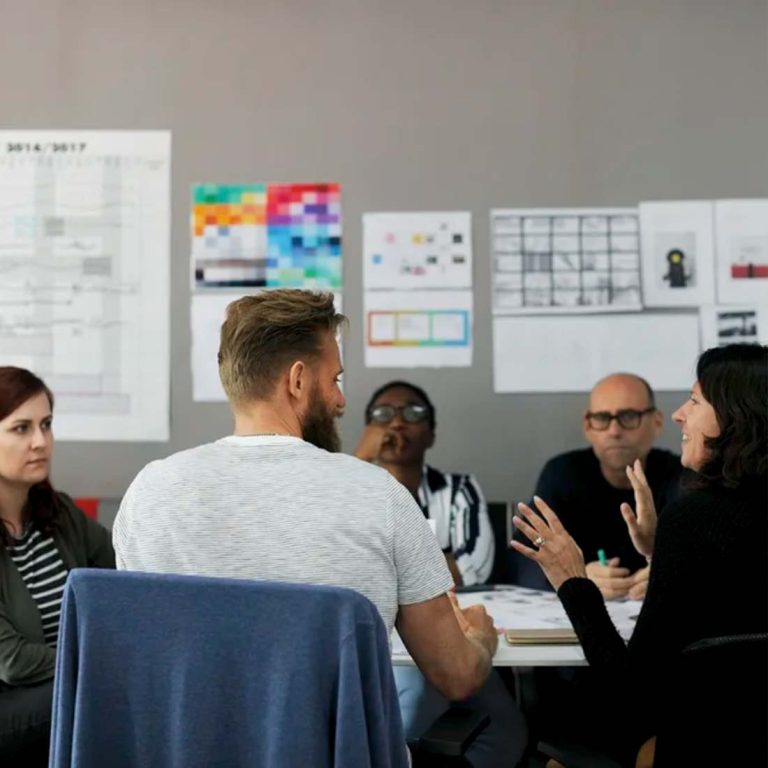One of the best ways to win the customers loyalty is to give the customers, stakeholders a seat at the design table. The process is called “co-creation”, where brands and customers work together to jointly create better ideas for products or services. Companies innovate by implementing ideas coming directly from their own customers thus becoming more relevant and reducing risk in the process.
Let’s start with some numbers. Hitachi Europe commissioned Longitude Research to survey 554 senior executives and directors across a range of sectors in Europe to understand the state of co-creation, and its impact on Social Innovation.
LEGO – is one of the best examples of co-creation. Its online community, LEGO Ideas, allows passionate enthusiasts and creators to create, vote and give feedback for new LEGO kits. Projects that receive over 10,000 votes will be reviewed by senior management to decide whether the product is viable for production. Because of the voting threshold, LEGO resonates well with customers, thereby saving resources normally used.
for market research. When the creator earns final product approval, he will receive 1% of the net sales of that product and be recognised as the creator on all packaging and marketing. This is a great example of open innovation and co-creation, where consumers have actively participated from idea to development.
DHL – The global market leader in logistics, provide an excellent example of a company that uses co-creation to generate new business ideas. As part of their R&D process, DHL hosts Customer Innovation Workshops and invites their customers to interact with DHL employees to share ideas with each other. From this collaboration, a number of new ideas have emerged, one of the more eye catching including the Parcelcopter, which is an idea to use drones for delivery to places with. DHL – The global market leader in logistics, provide an excellent example of a company that uses co-creation to generate new business ideas. As part of their R&D process, DHL hosts Customer Innovation Workshops and invites their customers to interact with DHL employees to share ideas with each other. From this collaboration, a number of new ideas have emerged, one of the more eye catching including the Parcelcopter, which is an idea to use drones for delivery to places with
DHL announces self loading drone capable of delivering 4 x faster baggage perfectly automatically
Xiami – The last in our row that embraced co-creation. Xiaomi the Chinese tech company , has been in constant contact with its loyal customers for years on their co-creation community forum MIUI forum, which has over 10 million registered users and more than 100,000 daily publication. This is where the brand’s most hardcore fans meet to discuss gadgets, share knowledge and generally hang out. Fans would also voice out what they would like the next version of mobile phones to be like. Over 200 of Xiaomi’s employees monitor the forum, continuously looking for customer feedback and possible improvements. Reward mechanisms such as points for participation, access discounts and other exclusive benefits are further implemented to create a loyal following in the community. Read more about Xiaomi’s co-creation process here.
Co-creation is quickly becoming an established feature of design practice for many successful companies. It increases empathy among stakeholders and designers, forcing businesses and designers to confront the realities of customer emotions and the motivations behind their behaviour. This enables companies to differentiate themselves from competitors by encouraging consumer-centric innovation
Lastly something for the readers who feel inspired to take a deeper dive in the subject. This Reseach Paper by Jotte I.J.C. De Koning, Marcel R.M. Crul, Renee Wever analys more then 50 models of co-creation.

